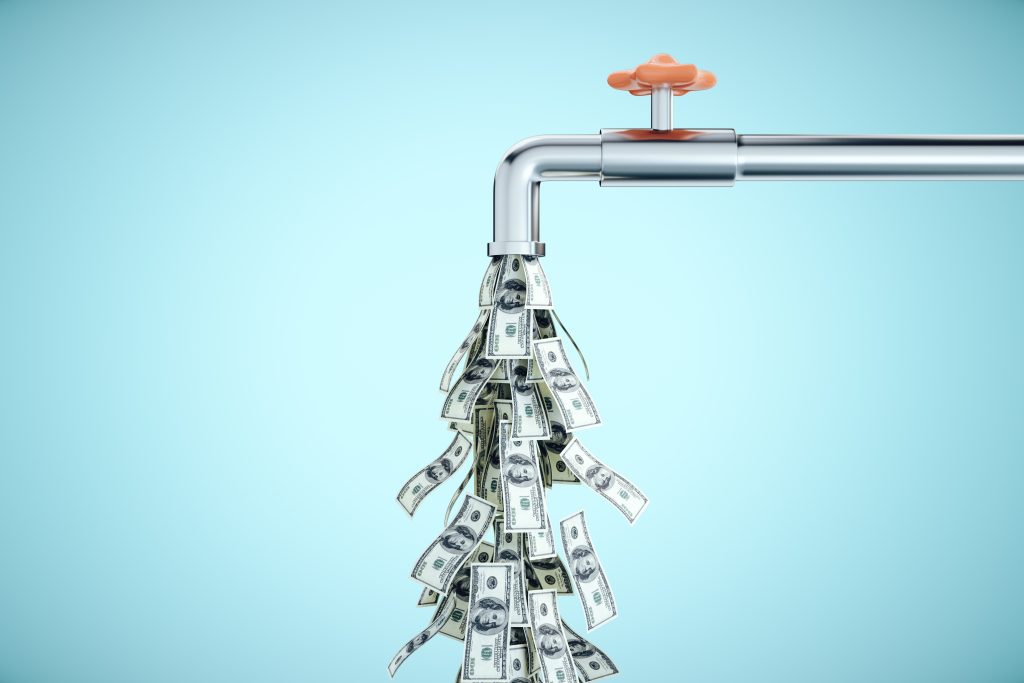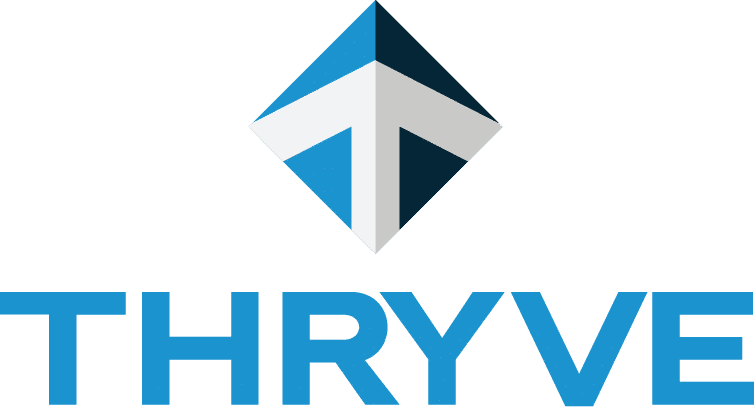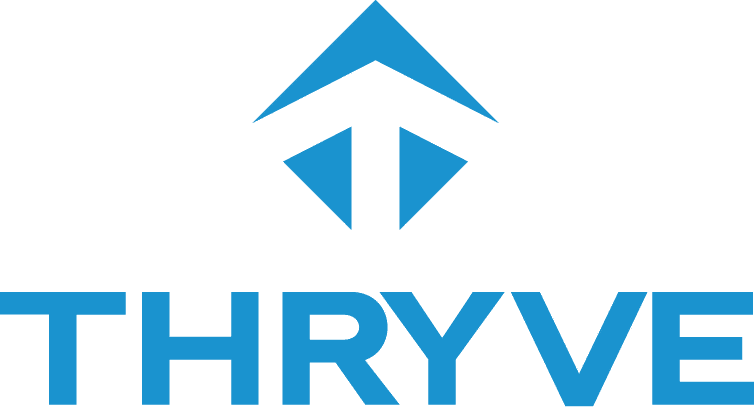
Business Challenge:
Many companies bill after the service is completed and provide a certain amount of time for the customer to pay. Outstanding accounts receivable are your accumulated invoices sent out that have not been paid by your customers.
Many business owners are afraid of losing a particular client if they push for faster payment. Letting specific customers take advantage of you will only reduce resources available to provide excellent services to your other great customers. There are plenty of great customers out there. Don’t get stuck with the bad ones.
You need to manage your AR to meet your cash flow needs as a growing business.
Negative Impact to business cash flow:
Accounts receivable are dead weight to your cash flow. You have incurred costs to buy/deliver the product or provide the service to your customers. You needed to use your cash or borrow to fund these costs. Your goal is to get these invoices paid fully as quickly as possible.
As long as customers owe you money, there is a risk the customer won’t pay. You are left hoping and pleading for the payment to come through.
Some business owners continue servicing customers with large outstanding balances hoping that the customer will pay. Throwing good money after bad.
Other businesses use very complicated or inefficient billing processes. Customers may also find the payment process cumbersome. These processes result in reduced cash flow due to wasted employee time and delayed payment.
Actions you can take:
- Consider your current customer payment policy. You should strike the right balance between the demands of the customer and your business’ cash flow needs. Some quick strategies to shorten your average invoice collection time:
- Offer new customers only the shorten payment terms
- Talk to existing customers about shorter payment terms at time of contract renewals
- Offer different payment options (ex. Credit card, ACH) to reduce the float time on the cash
- Determine whether certain services/products can be charged up front or at least with a deposit
- Prepare an accounts aging report to get a clear overall picture of your current receivable’s situation and specific areas of risk. You can produce a report in a few basic steps: List all customers in the first column. Then list a few other columns based on how long invoices have been outstanding for each customer: 0-30 days, 30-60 days, 60-90 days, and over 90 days. Highlight any customer owing more than 5% of your total AR as well as any balances over 60 days.
- Develop a strategy to work with the customers to get the +60 days invoices paid immeditately.
- Monitor the large individual customer balances to make sure they don’t slip
- Calculate your percentage of AR in each bucket. Use tactics over time to move more percentage of AR into quicker paid buckets.
- Make amount and days outstanding trigger levels where you will not continue to work with customers until they pay their outstanding invoices down or in full to try to limit your risk of nonpayment.
- Use specific proposal or invoicing software or your general accounting software to automate your billing and collection process.
Coming up next month: Is that customer still the right fit? – Customer selection and cessation
Wishing you continued success and growth this month!

